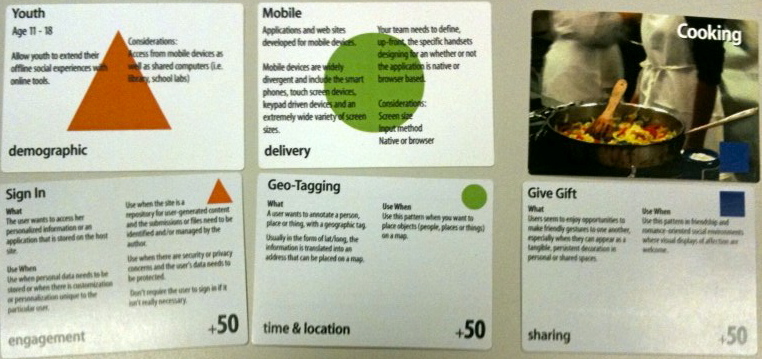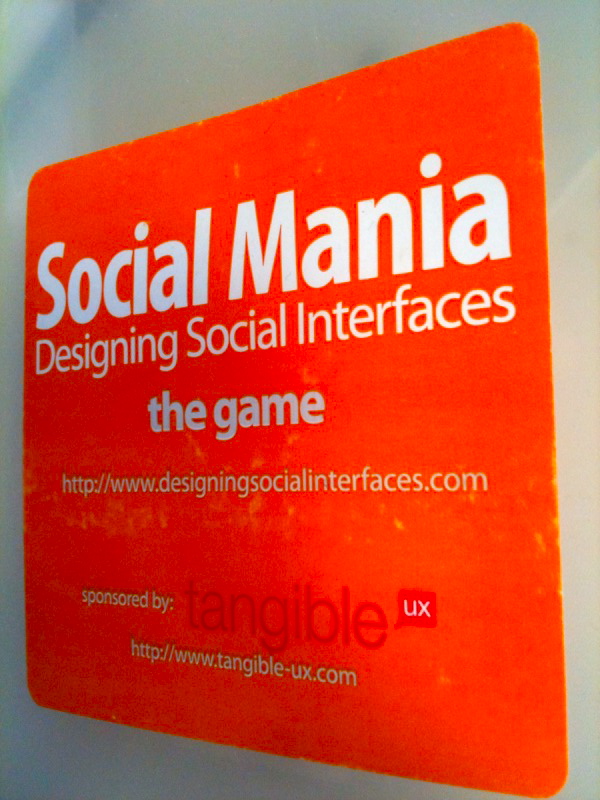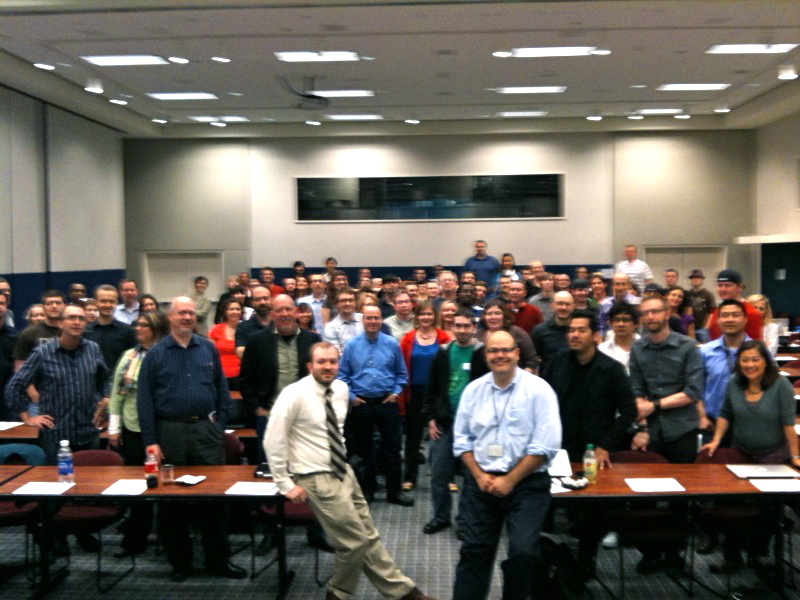It’s about what I will like next.
It seems the latest UI pattern is to allow people to “like” something online. When something becomes the fashion I start wondering what’s next. “Interesting” is the next “like.”
“Like” is a “lie” in sheep’s clothing
My reasons are beyond Robert Schoble’s observations that “like” is more of “lie.” Schoble writes about why he doesn’t truthfully “like” the things online that he really “likes,” that he would “rather be seen as someone who eats salad at Pasta Moon than someone who eats a Big Mac at McDonalds.” Over 50 years ago Mason Haire found the same thing with housewifes reluctant to admit they “liked” instant coffee. If he asked them why they didn’t say they bought it, they said ‘I don’t like the flavor.” But he discovered that people’s real reason for not admitting they purchased instant coffee was more truthfully “People will think I am lazy and not a good wife.” Here is the crux of the “lie” in “like.” Though this is insightful, I want to go beyond Schoble and Haire. We are in the midst of a deep cultural trend in our society that is driven by curiosity, toward future “likes”, and that is best summed up as things that are “interesting.”
Nobody has hobbies anymore
People no longer talk about hobbies or do we hear people say “You’ve got to get yourself a hobby.” The 2 most popular hobbies – #1 is reading, #2 is watching TV really don’t give insight into people. But if you know what they are INTERESTED in reading, well that is a different story. A story with tension and drama.
Interesting isn’t a metadata attribute, It’s an alley-oop
Something by itself isn’t interesting. It can’t be measured like a length, width, or color. Interestingness is more than the number of people that “like” something. I like water and I like food. I am interested in cheap Mexican food that is good and doesn’t upset my stomach. More than knowing what my friend likes, if I know what he is interested in, we have something to talk about and to share. Relationships based on affinity, such as liking dogs, are ok, but don’t give much entry point in which I can share something with the other person. If I know that someone is interested in something it tells me that they are curious about it, that they want to know more. That gives me an entry point, that gives me something to possibly share with them. Like doesn’t open the door, it isn’t an “alley-oop” for me to slam dunk a conversation starter with someone. Interesting is the game winning slam dunk.
Interesting is all about the juxtaposition
Things have a tendency to become interesting when you put them next to something else. Michael Leis wrote about juxtaposition and how just putting things next to each other can build interest. He argues that the positioning is that which create curiosity, it is the positioning that we want to make sense out of. We are sense-making animals. It isn’t just about how many people like something. A better way to take “like” to the level of interesting is to bring in more juxtapositions. Show a person and the different things they like. Or put the things in order of what they liked. But the truth of the matter is that we gotta take like up a notch, take it to 11, take it to interesting.
References
The “like, er, lie” economy
Mason Haire, “Projective Techniques in Marketing Research,” Journal of Marketing, Vol 14 (April, 1950), pp 649-656
Juxtaposition by Michael Leis which is in his presentation Designing Narrative: Contrast, Timing, and Context




